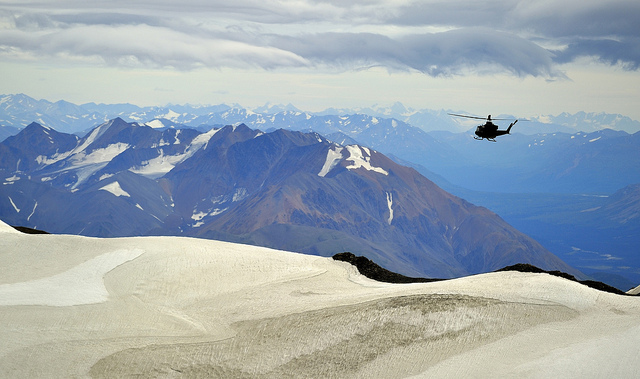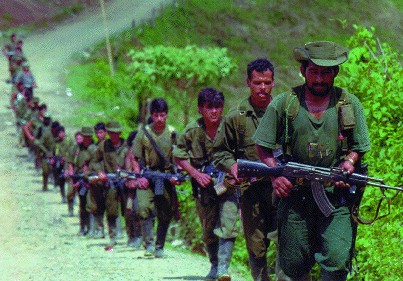August was an important month for the Canadian Forces, particularly for members of Quebec’s Royal 22nd Regiment (the “Van Doos”) as they began Operation Nanook. This Operation served to develop the skills and response times of the Armed Forces through simulations of large-scale emergencies. Emergency response, such as that conducted in Southern Alberta in June, remains one of the primary objectives of the Canada First Defense Strategy, and the exercises provided an opportunity for the Royal 22nd to receive practical experience and exposure to simulated emergency situations, as well as experience in Canada’s North.
[captionpix align=”left” theme=”elegant” width=”300″ imgsrc=”http://natoassociation.ca/wp-content/uploads/2013/09/li-op-nanook-2013.jpg ” captiontext=”500 personnel were involved in Operation Nanook this August”]
This year, Operation Nanook began in Whitehorse and moved into three locations in Nunavut, providing an opportunity for personnel to experience much of the North throughout the three-week training period. The location of the exercises is vitally important, as it not only allows personnel to experience different areas of the country, but it also provides evidence to Canada’s commitment to the Arctic. The exercises in the Northern Territories, although minimal, indicate Canada’s continued sovereign right to the land, and therefore its resources. As territories do not have the same rights and privileges as provinces under the Canadian Constitution, the presence of the military in these areas, however brief in time, strengthens the connection between the Territories and the federal government through the armed forces.
Furthermore, as one of the many exercises the Royal 22nd will take part in is a sovereignty patrol on King William Island, the 500 personnel involved in the exercise will become familiar with both the terrain and conditions of the North.
Operation Nanook is now in its sixth year of operation, having begun in 2007. Although expensive – the price tag for 2013 is $10 million – the operation itself, as well as the lessons that troops are able to bring back to their home bases, are irreplaceable and necessary for Canada to continue to function as an Arctic state. The $10 million invested in Arctic security is miniscule in comparison to the investments being made by other Arctic states, but the continual presence and conduct of operations in the region is an important, albeit minimal, step and one that the federal government must continue to make in order to maintain and build relationships with Canada’s Arctic peoples, as well as prepare the military for securing Canada’s Arctic.




